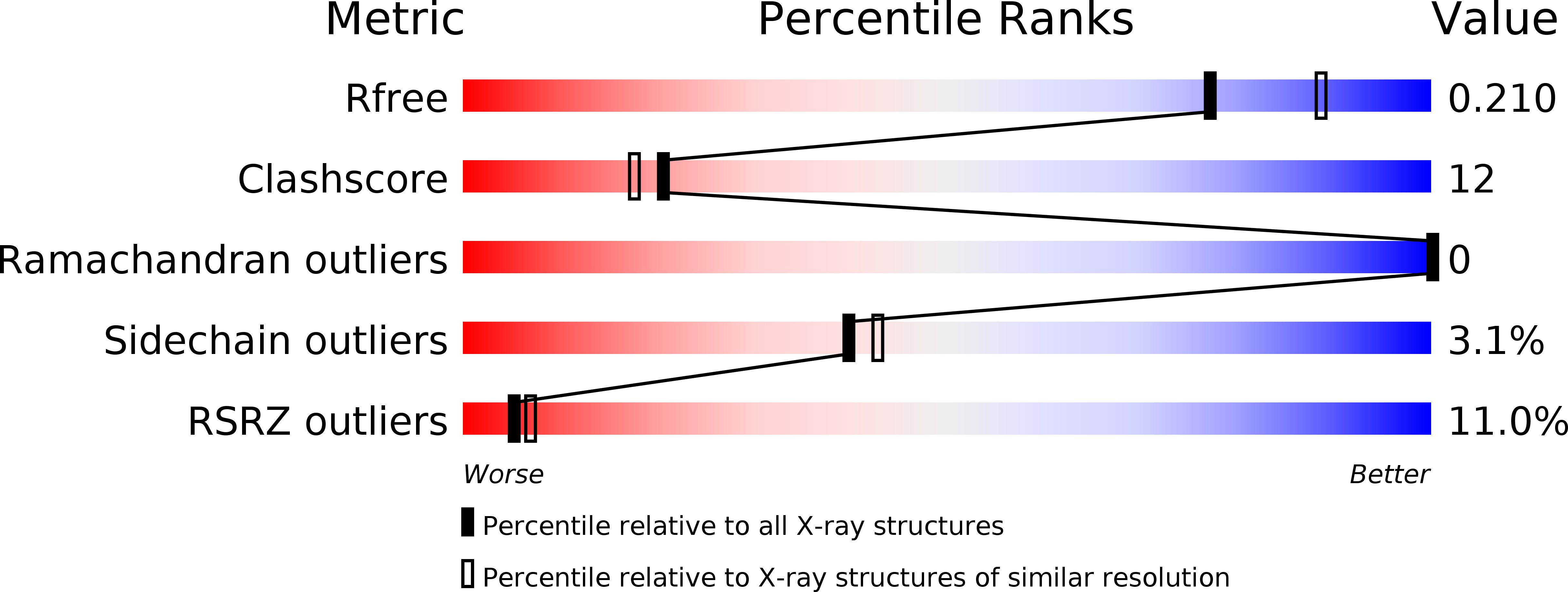
Deposition Date
2008-03-19
Release Date
2008-07-29
Last Version Date
2024-02-21
Entry Detail
PDB ID:
3CLJ
Keywords:
Title:
Structure of the RNA polymerase II CTD-interacting domain of Nrd1
Biological Source:
Source Organism:
Saccharomyces cerevisiae (Taxon ID: )
Host Organism:
Method Details:
Experimental Method:
Resolution:
2.10 Å
R-Value Free:
0.22
R-Value Work:
0.19
R-Value Observed:
0.19
Space Group:
P 32 2 1


